Japan has many traditional foods.
I would like to introduce natto to you.
In Japan, the natto (fermented soybeans) section is very large and popular in supermarkets.
Japanese natto may be well known in your country.
And we often hear that people, especially in the West, cannot stand the smell of natto.
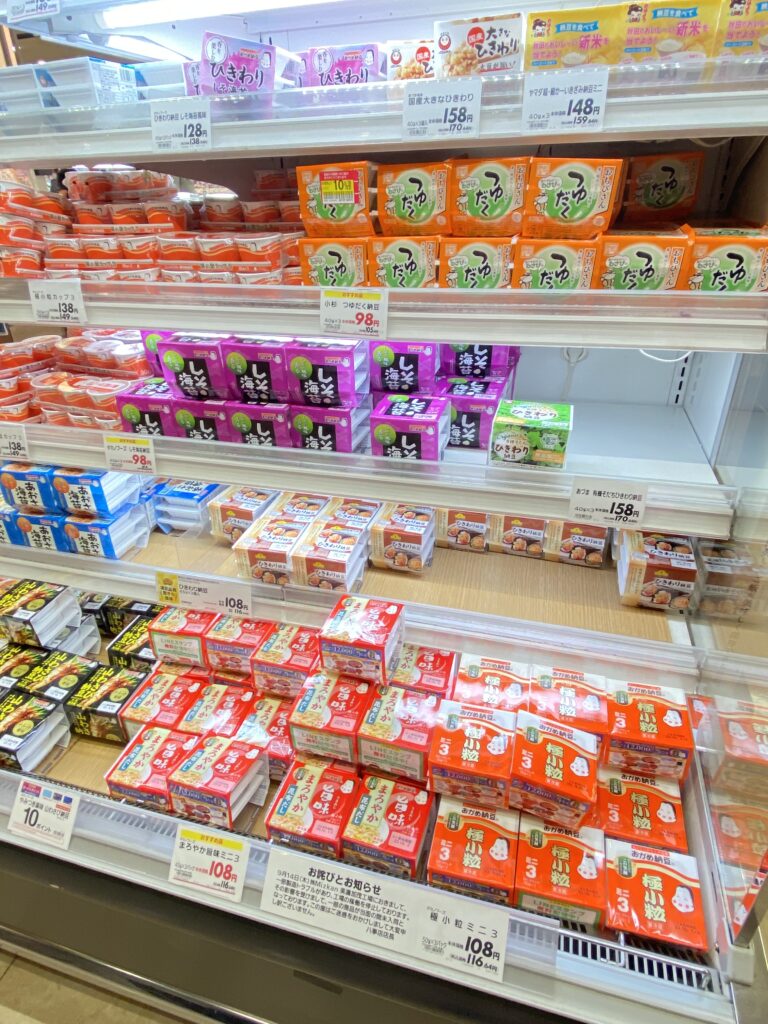
1.What is natto?
According to Wikipedia, “Natto (natto) is a fermented food made from soybeans softened by boiling or steaming and fermented by the bacillus natto. It is commonly referred to as ‘ito-biki natto’.”
and it seems that the origin is too old to have a fixed theory.
2. How much natto do modern Japanese eat?
A survey commissioned by the National Federation of Natto Cooperative Associations n=2000.
shows that in 2003, 77.4% of respondents ate natto at least once a week, but this figure began to decline over the years, falling to 61% in 2015.
This percentage is decreasing as the population gets younger, and it is expected that the number of people eating natto will decrease faster than the population decline.
Even so, more than half of the population eats natto, so it is no exaggeration to say that it is the national food.
3. Groundbreaking research on natto
In 2016, Japanese Professor Osumi was awarded the Nobel Prize in Physiology or Medicine for his research into the function of cells to destroy and regenerate themselves (autophagy).
This research is particularly advanced in Japan and could lead to important discoveries against ageing and cancer. The research showed that autophagy is activated by a substance called spermidine. It is known that old people produce fewer antibodies and vaccines are less effective, but when spermidine was applied to the blood of old people, autophagy started to occur and antibodies could be produced.
This means that autophagy can be used to effectively rejuvenate cells.
It is taken for granted that humans age, but some species of organisms do not age … in other words, they stay young for a long time and then suddenly die. Not just daphnids and molluscs, but also highly evolved organisms such as albatrosses and naked gerbils that do not age.
Research into mankind’s dream of ‘immortality’ has only just begun, but it is natto that contains the highest amount of spermidine, which promotes autophagy.
This makes me want to eat natto, not to mention wait for an effective autophagy supplement.
4. Another study Natto bacteria
Furthermore, the Bacillus natto that makes natto is one of the smallest bacteria and appears to increase the number of good bacteria in the gut. It has been found that maintaining a normal gut bacteria population seems to be directly related to brain activity. Daily consumption of natto bacteria has also been found to be effective in preventing Alzheimer’s disease.
5. How much natto should we eat?
According to Professor Tamotsu Yoshimori, who carried out the research with Nobel Laureate Professor Osumi, it is not yet known how much spermidine is needed to sufficiently stimulate autophagy.
According to Prof Yoshimori, even if a drug were to be developed, it would take a very long time to be approved, and it would be impossible for a healthy person to take a drug every day for anti-ageing, so although the effect may be less, taking it from the diet is much more natural, has no side effects and is also easier.
They say it is much more natural, has no side effects and is easier to get from food.
That is why I try to take two packets a day.
6.How did I end up eating?
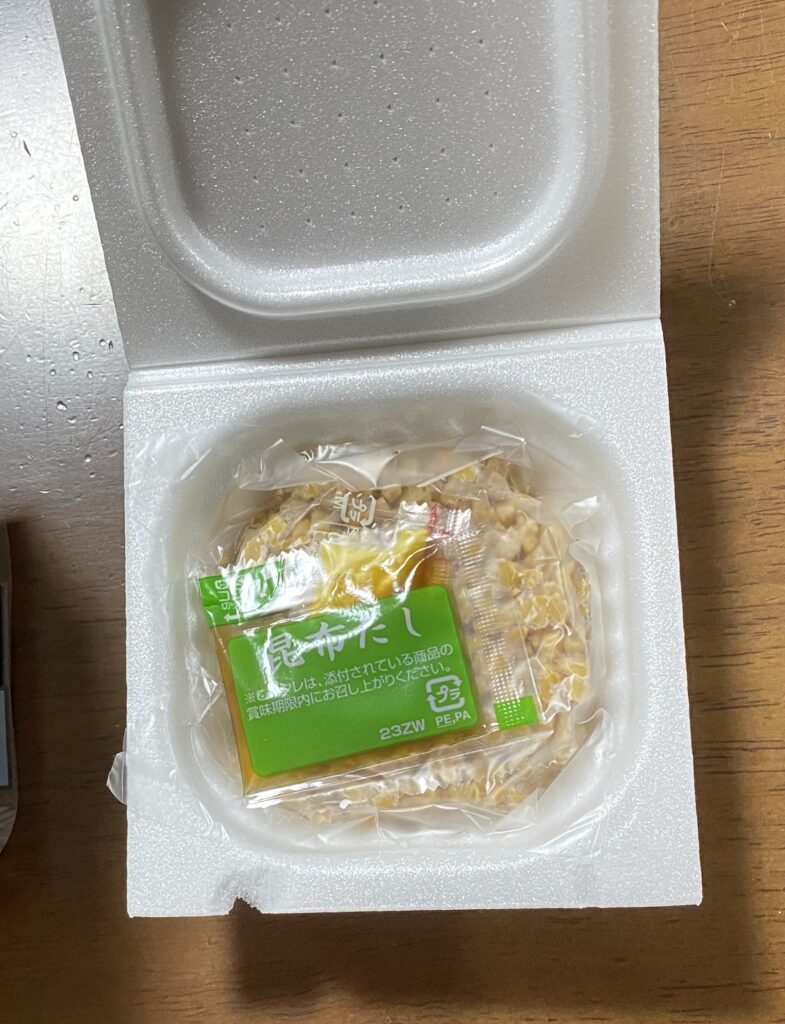
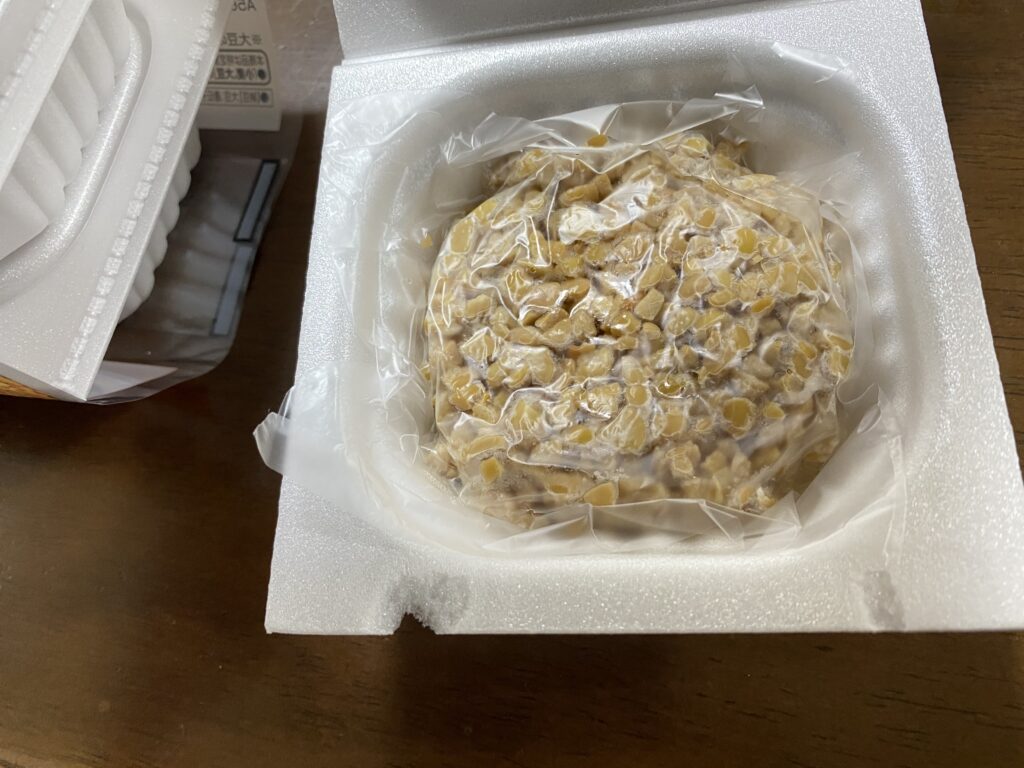
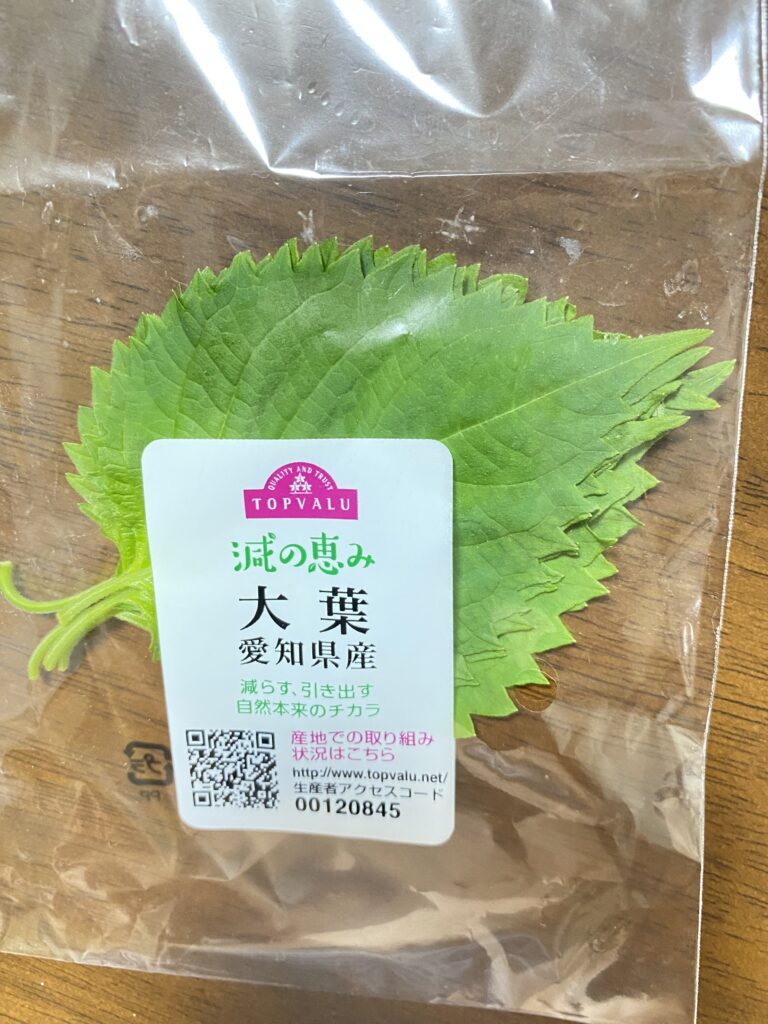
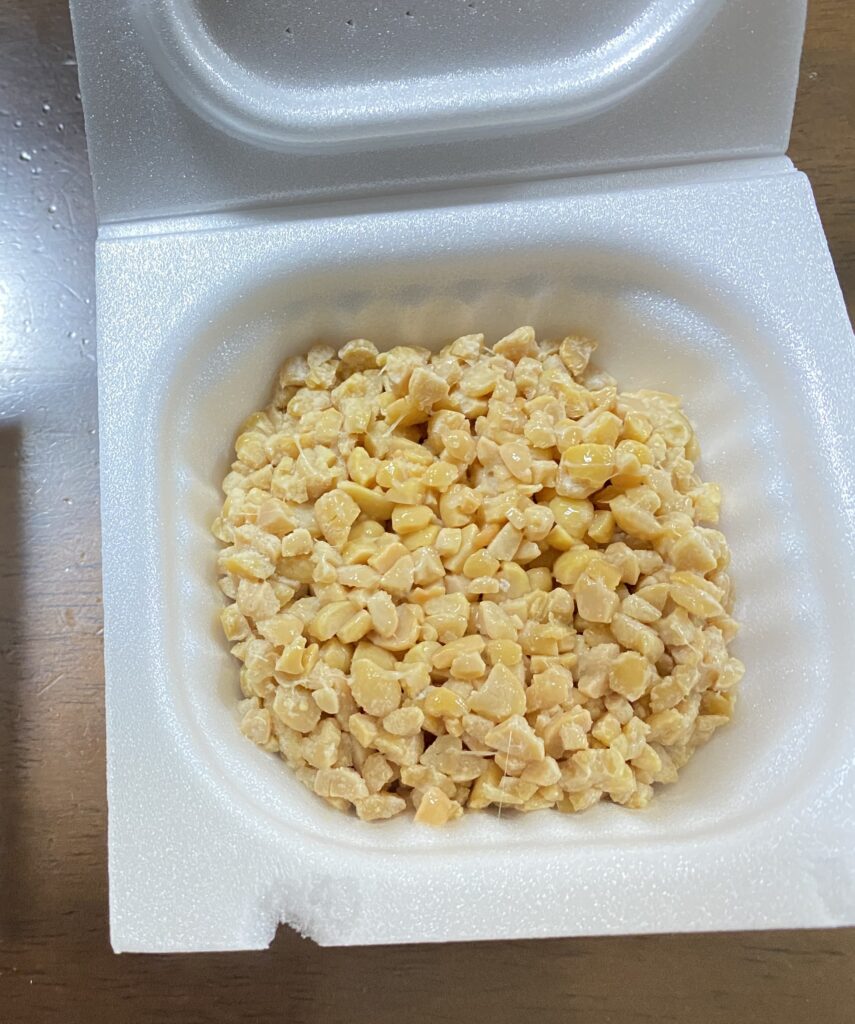
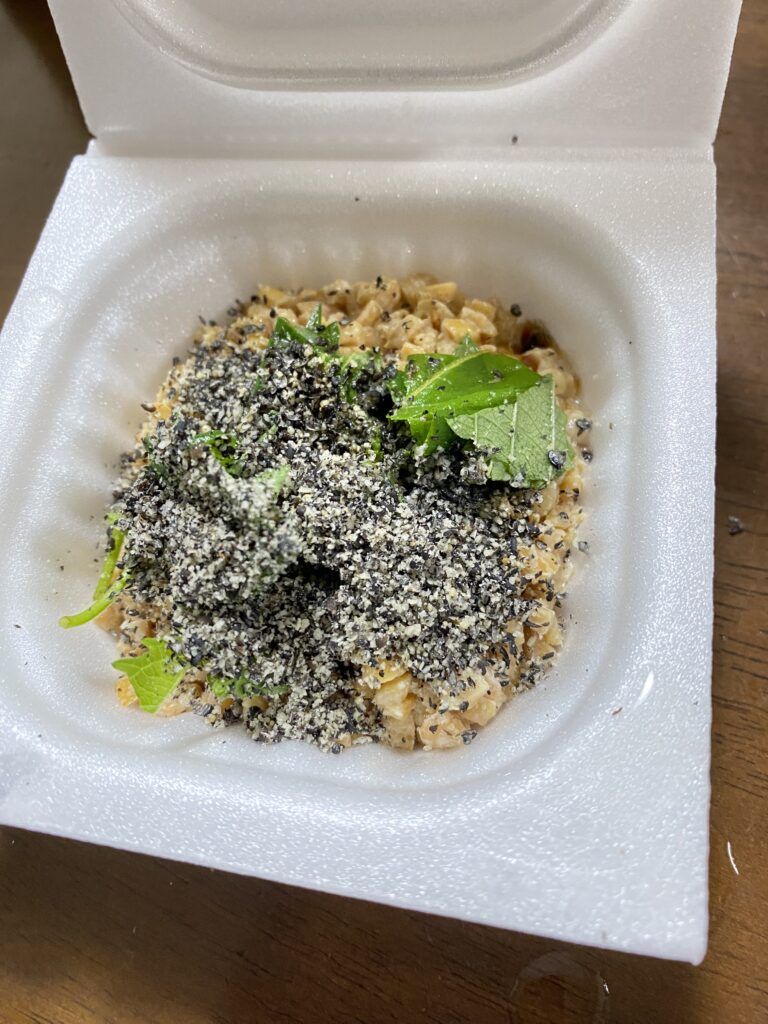
There are many ways to eat natto, and some Japanese people claim that this is the best way to eat it.
I myself ate natto with finely torn perilla leaves and rubbed sesame seeds, along with soy sauce.
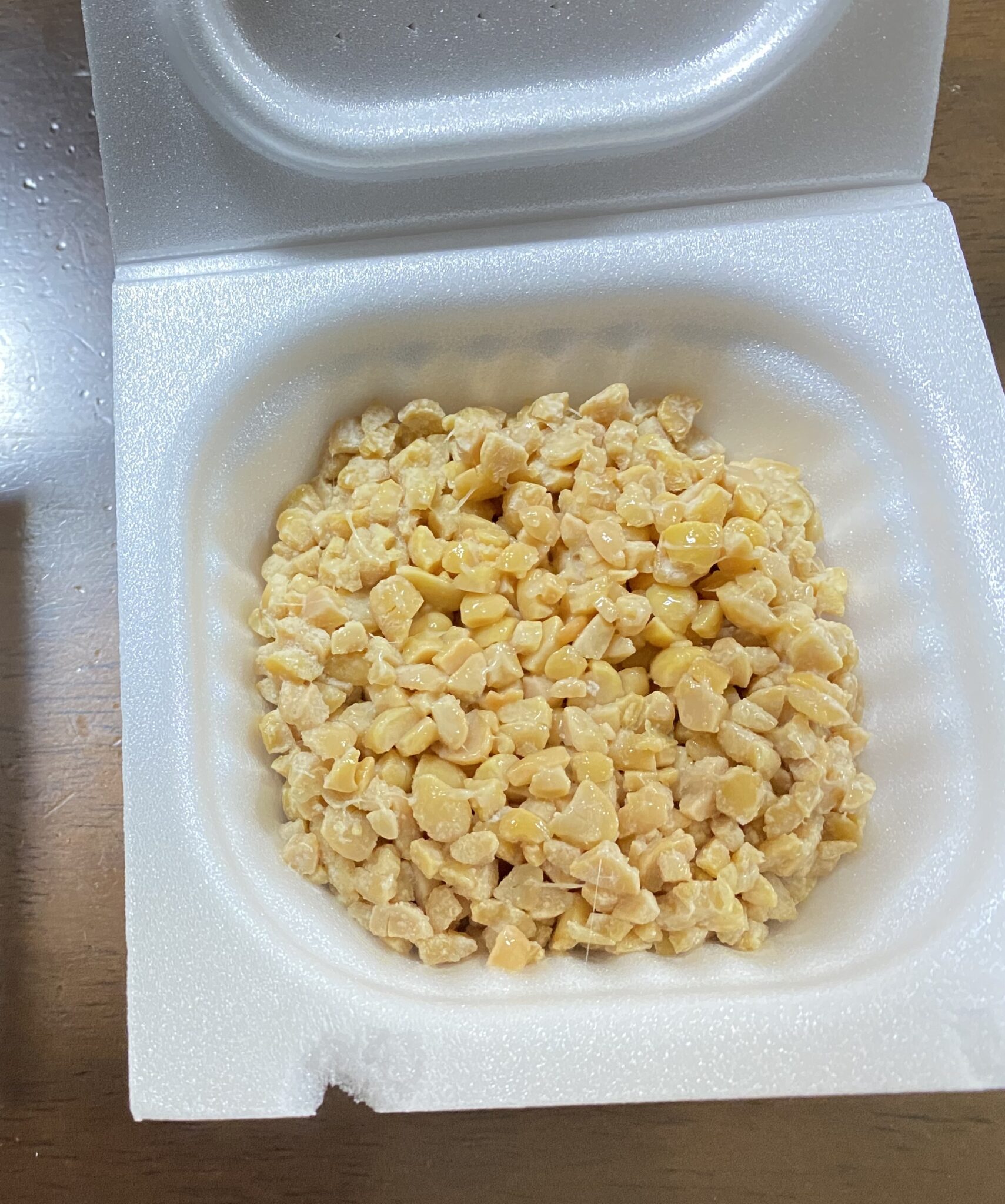


コメント